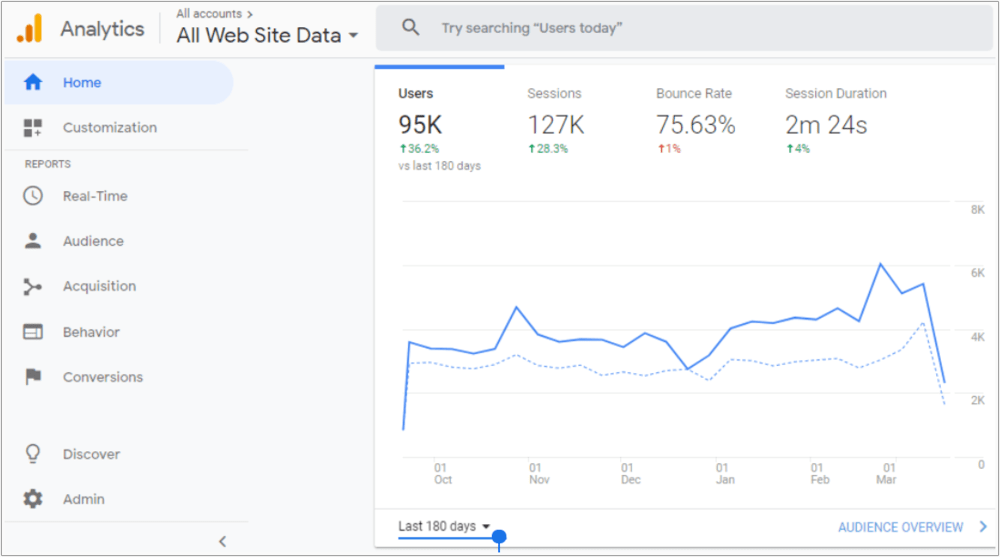Are you looking for ways to grow your blog or social media following? Do you want to increase your brand awareness? If so, then you need a media kit! An influencer media kit also said as ‘press kit’ is a digital portfolio that tells your client everything they need to know about you in terms of your social media or blog insights, reach, audience size, demographics, previous collaborations: simply put, a media kit is the best way to showcase your work. They help you build your very own credibility.
In this article, I’ll walk you through the steps of creating a media kit that will impress potential sponsors and partners.
Let’s get started!
What the heck is a Blogger or Influencer Media Kit?

Okay for starters, it is a digital portfolio that tells your clients everything they need to know about your professional self and working history (including past collaborations). See it as an opportunity that highlights your achievements and showcase your USP (unique selling preposition).
A media kit is your online personality, more like your pitch to validate your influence. So, if you’re serious about earning money as a blogger and influencer, you NEED a media kit to shine your profile in this competitive field.
What Goes in a Good Blogger/Influencer Media Kit?
I’m going to share with you what actually goes in your kit and let me tell you, it may be overwhelming at first, but I promise you it’s worth it.
All information is securely collected from my experience as a blogger for 5 years now.
1) First Step: About You
What’s pitching without a good story about you? Start by telling brands who you are and what’s your niche. Regard it as the classic interview question that we have heard countless times, ‘tell me about yourself?
It’s a good place to start by explaining your personality to establish a connection with the brands that are aligned with your own niche and audience.
2) Second Step: Define Your Goal
Creating a media kit is also to define your goal. Ask yourself, why do you want to create a media kit? What are you hoping to achieve with it? Once you know your goal, you can start to gather the necessary information and put it all together in a way that will help you achieve your goal. Try focusing on helping brands or clients to figure out which campaigns to use you for.
3) Third Step: Collect Your Insights
Now that you know why you’re creating a media kit, it’s time to gather the necessary information. This will include statistics about your blog or social media, information about your audience, and examples of your work. You may also want to include testimonials from satisfied customers or partners.
Audience Size & Demographic
Audience size is important but frets not! Most campaigns aren’t run with macro/mega influencers only. Brands do look for nano and micro-influencers as their best choice for campaign partnerships because the smaller audience always has higher engagement.
Here are the basic information brands will look for about the size of your audience:
- location of target audience
- numbers of followers
- followers based on country
Demographics
Now who follows you is as important as how many people are following you on your blog/social media.
Brands may reach out to you because they like your content and think your audience is the right size, but ultimately they’re interested in partnering with you because of the influence you wield with a segment of their target audience.
Here is some of the info they will be really interested in knowing:
- Age range of your audience
- Are most married or single (ballpark it if you have to)
- How many are female/male/nonbinary?
- What do they do for a living?
- What are their interests?
- Breakdown of female-to-male ratio
4) Fourth Step: Proof – Analytics Data
At the end of the day, the proof is always in the data. You need to know how to communicate your value using the data housed in your social media or blog dashboards.
Instagram Data
Most of my campaigns usually happen on Instagram and I collect all the breakdowns of the data from my Instagram Insights. Instagram is such a handy app that every information is readily available for you!
Blog Traffic Data
Another big one for brands is your blog. For brands, influencer campaigns can support SEO efforts and help them to get eyes on their products for years to come. The key, of course, is to work with influencers who are also avid bloggers with popular, well-trafficked blogs.
A lot of times, there will be a tie-in between influencers who are popular on platforms like Pinterest and those who have lots of traffic going to their blogs. Beyond just traffic to your blog, brands will want to know:
- How many site visits you get per month
- What type of content is driving your traffic
- Where your traffic is coming from (social, organic, paid)
- Who is visiting your site
- How many different people visit per month
- How long they stay on your site
- Do they browse around or just visit a single page?
- Most popular types of posts you publish
All of this information, you can find in your Google Analytics dashboard.

So, if you happen to be a [traditional] blogger, you’ll also need to have your Google Analytics data on hand, which tells brands about your monthly traffic. Plan to show them an average of your monthly traffic over the past three to six months. They may also be interested in your bounce rate, where the traffic is coming from, how long people are staying on your site.
Now that you have all the information you need, it’s time to put it all together in a way that is professional and easy to understand. Remember, your goal is to impress potential sponsors and partners, so make sure your media kit is well-organized and includes all the information they would be looking for.
5) Fifth Step: Promote Your Media Kit
Once you have created your media kit, don’t just sit on it! Be sure to promote it on your blog or social media and make it easy for potential sponsors and partners to find. You can also include a link to your media kit in your email signature or on your website.
By following these simple steps, you can create a media kit that will help you achieve your blogging or social media goals.
Benefits of Social Media Kit:
1) Helps define your brand and what you stand for
Here’s an example of how a media kit would look!

A social media kit is an excellent way to define your brand and what you stand for. It can help you communicate your mission and values to potential sponsors and partners, and it can also help you build a stronger relationship with your audience.
2) Helps you track your progress
A social media kit can also help you track your progress over time. It can provide you with statistics about your blog or social media, such as the number of followers you have or the amount of engagement you receive. This information can be helpful in assessing the effectiveness of your social media campaigns and in determining which strategies are working best for you.
3) Helps increase exposure for your blog or social media
A social media kit can also help increase exposure for your blog or social media. It can provide potential sponsors and partners with information about your audience and the reach of your campaigns, and it can also showcase your best work to date.
4) Makes you look professional
A well-crafted social media kit makes you look professional and organized. It communicates to sponsors and partners that you are serious about your blogging or social media efforts and that you are taking them seriously.
5) Helps build relationships with sponsors and partners
A social media kit can also help build relationships with sponsors and partners. It provides a way for them to learn more about your blog or social media, and it also gives them a way to contact you directly if they are interested in working with you.
By following these tips, you can create a social media kit that will help you reach your blogging or social media goals.

Creating a social media kit is a great way to define your brand, track your progress, and increase exposure for your blog or social media. It can also help build relationships with sponsors and partners. By following these simple tips, you can create a social media kit that will help you reach your goals. Once you get the conversation started, it’s on you to seal the deal!

This has been so helpful, thank you Cherisha <3